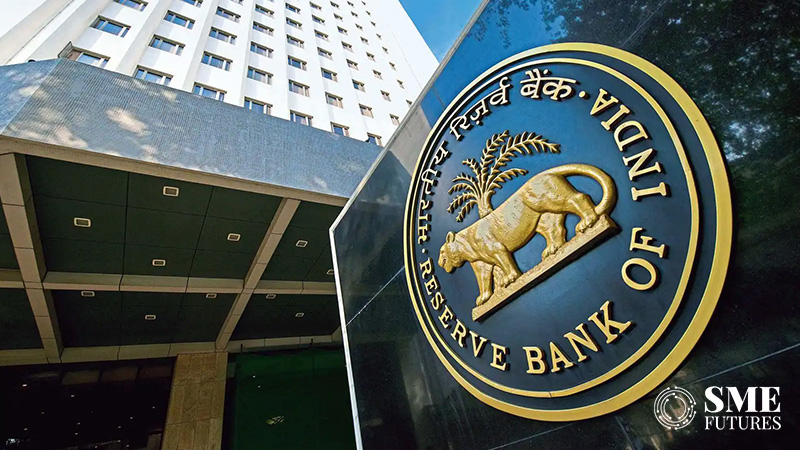The RBI left the key interest rates unchanged in its monetary policy review on Friday as it continues to maintain a balance between economic growth and keeping inflation in check. This marks the eighth consecutive meeting without changes since the Indian general elections.
The RBI’s Monetary Policy Committee (MPC) meeting decided to stick to the current 6.5 per cent repo rate with a 4:2 majority vote, RBI Governor Shaktikanta Das said after the meeting.
The RBI Governor said, “The pattern of world crisis continues, but India is headed for a sustained high growth based on its demographics, productivity and the right government policies in place. However, at the same time, we need to be vigilant in the backdrop of an unsettled global environment.”
The RBI had last changed rates in February 2023, when the repo rate was hiked to 6.5 per cent. The RBI raised rates by 2.5 per cent between May 2022 and February 2023 after which they have been kept on hold to support economic growth despite inflationary pressures in the past.
The repo rate is the interest rate at which the RBI gives short term loans to banks to enable them to meet their liquidity requirements. This in turn has an impact on the cost of loans that the banks extend to the corporate entities and consumers.
A cut in interest rate results in more investment and consumption expenditure which spurs economic growth. However, the increased expenditure also pushes up the inflation rate as the aggregate demand for goods and services goes up.
The country’s annual retail inflation eased to 4.83 per cent in April, but is still above the RBI’s medium-term target rate of 4 per cent. The fact that the economy has clocked a robust growth rate of 8.2 per cent for 2023-24 leaves the RBI with headroom to put off an interest rate cut until inflation comes down to its targeted level, according to economists.
Suman Chowdhury, Chief Economist and Head of Research at Acuité Ratings & Research Limited, commenting following the RBI-MPC decision to keep interest rates unchanged said it was anticipated, emphasising the central bank’s ongoing commitment to sustainable disinflation and price stability.
Despite the forecast of an “above normal” monsoon, the RBI remains vigilant about potential upward risks in food inflation. He elaborates that RBI will also closely monitor the upcoming Union Budget for any increases in welfare spending that could impact inflation, although the substantial RBI dividend of Rs 2.1 trillion is expected to mitigate these risks in the short term.
The RBI has revised its growth forecast for FY25 upwards to 7.2% from the previous 7.0%, reflecting strong domestic economic momentum after an impressive 8.2% GDP growth in FY24. The RBI is optimistic about a recovery in private consumption, supported by a favorable monsoon. The central bank also holds a positive outlook on global growth and trade despite ongoing geopolitical risks. However, Acuité’s forecast for domestic growth is slightly more conservative at 6.8% for FY25, considering the base effect and policy-making challenges facing the upcoming coalition government.
On the inflation front, the RBI has maintained its CPI inflation forecast at 4.5% for the current fiscal year, while acknowledging persistent food inflation pressures. Acuité projects a higher inflation range of 4.8% to 5.0%, citing potential risks to food and fuel prices, with the latter being particularly susceptible to global developments.
Regarding liquidity, the substantial RBI dividend to the government has positively influenced short-term interest rates. Chowdhury expects the RBI to manage system liquidity carefully, facilitating better monetary transmission by absorbing any excess liquidity that may arise from resumed government spending and anticipated inflows from debt Foreign Portfolio Investors (FPIs) following India’s inclusion in the JPM bond indices.











